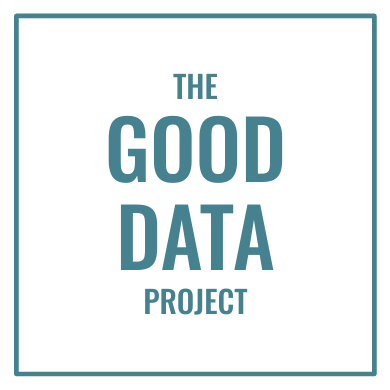Software vendor Sprinklr went public in June and is now valued at $4.5 billion. But the company recently published a pile of data charts without labels, and those aren’t worth a dime.
The Golden Rule of Charts and Graphs tells you to display all the information you need to tell an honest story, and no more. But Sprinklr’s charts — created to showcase “real-time insights” about the Tokyo Olympics — don’t display all the information they need to, and therefore convey few insights.
The biggest problem? These charts contain almost no labels. If Sprinklr wants to deliver the promised insights, they should:
1. Tell us what data they collected. The slide title says this data show “top events,” but doesn’t say what Sprinklr actually counted. Do the charts display social mentions for each sport? Number of likes for each discipline’s top athletes? Maybe the percentage of positive comments about each event? If readers don’t know what data your graphic contains, they can’t learn much.
2. Label the bars in these charts. Swimming sure looks popular in Oceania — but is it twice as popular as athletics, or not quite? Do football and boxing rank the same in South America, or is football slightly more popular? Without numbers on each bar it’s impossible to tell.
3. Provide axes with scales. Do these charts all use the same scale, allowing readers to compare data from one region to another? (Probably not, given the top sport for each region fills the entire x-axis.) And do all the scales start at zero? There’s no way to know.
4. Include a useful source. Readers might assume Sprinklr collected this data, but where? From Facebook? Twitter? Blogs? All three? Likewise, does “last 7 days” refer to the week before the chart was made, the presentation was delivered, or the blog was published?
It’s not hard to add good labels to your charts. If Sprinklr had labeled these graphics well, they might’ve both taught readers something about Olympic popularity and convinced them Sprinklr’s insights tools we were buying. These charts likely accomplished neither.
How else would you improve these charts? What’s the best or worst data graphic you’ve seen lately? Let me know in the comments below, or on LinkedIn or Twitter.
Want good data delivered to your inbox? Subscribe here.

